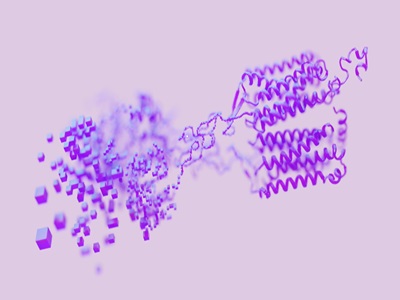Modular Repeat Protein Sculpting Using Rigid Helical Junctions
This technology enables the precise design of large proteins with diverse shapes using rigid helical junctions, facilitating the creation of stable and structurally unique protein assemblies.

What is the Problem?
Designing large proteins with specific shapes and functions is a significant challenge in biotechnology and medicine. Traditional methods often result in flexible linkers that do not maintain the desired rigid body orientation, making it difficult to create stable and predictable protein structures. This limitation hinders the development of advanced protein-based applications, such as targeted drug delivery systems and novel biomaterials.
What is the Solution?
The technology introduces rigid helical junctions that enable the modular assembly of protein building blocks into stable and precisely defined shapes. By designing 75,000 structurally unique junctions between helix-containing proteins, researchers have demonstrated the ability to create a wide range of protein structures with high stability and consistency. These junctions maintain their designed shapes even under extreme conditions, such as high temperatures, and have been validated through experimental methods, including circular dichroism and small-angle X-ray scattering.
What is the Competitive Advantage?
-Stability and Precision: The rigid helical junctions ensure that the assembled protein structures maintain their designed shapes, providing a high degree of stability and precision.
-Versatility: This method allows for the creation of diverse protein shapes, enabling applications in various fields, from drug delivery to biomaterials.
-Experimental Validation: The technology has been experimentally validated, with 82% of the designed junctions showing stability and consistency with design models.
-Design Ease: This approach offers a large library of protein building blocks and junctions, significantly simplifying the design of proteins through modular combination of blocks rather than the traditional method of protein design through amino acid residues.
-Scalability: The ability to design a large number of unique junctions facilitates the scalable production of complex protein assemblies.
Patent Information:
-
expand_more mode_edit Authors (1)David Baker
-
expand_more library_books References (1)
- Brunette, T. J., Bick, M. J., Hansen, J. M., Chow, C. M., Kollman, J. M., Baker, D. (2020), Modular repeat protein sculpting using rigid helical junctions, Proceedings of the National Academy of Sciences, 117, 8870-8875
-
expand_more cloud_download Supporting documents (0)